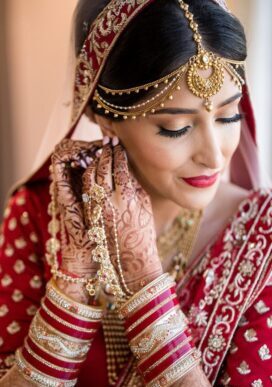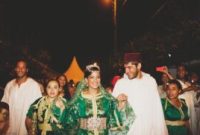Wedding Customs and Traditions around the world
Bride wearing a Veil on the wedding day
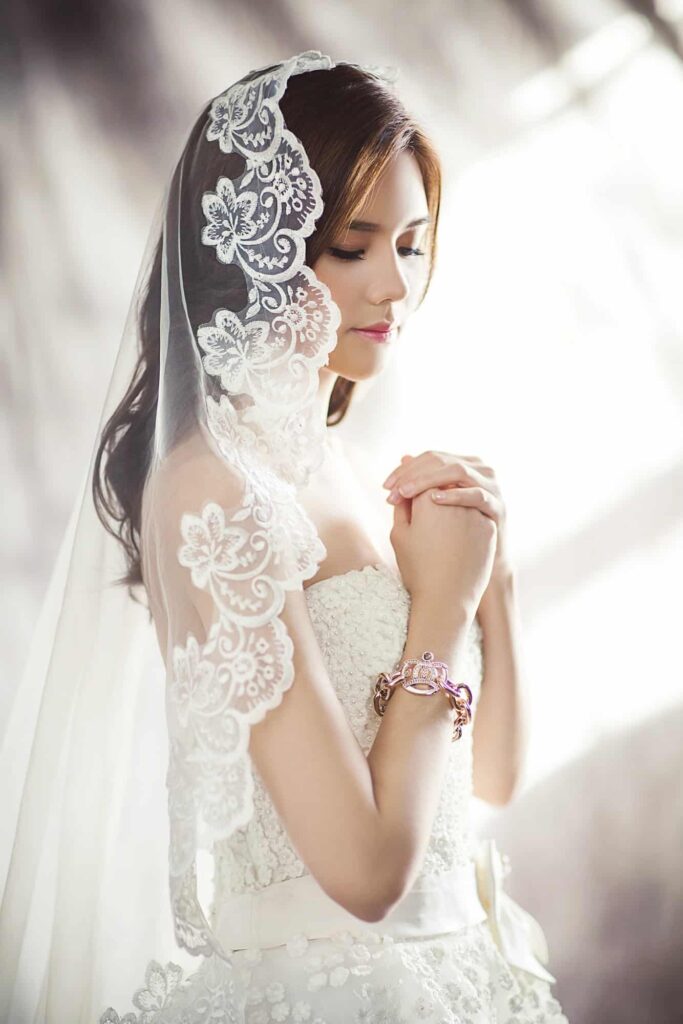
A bride wearing a veil on the wedding day is not a custom but rather a tradition. This is because, in some cultures, it is believed that the bride should be dressed in white and covered up. The veil has been used as an accessory for centuries. It was customary for a woman to wear one when she married, during the Renaissance period. The veils were seen as symbols of modesty and purity.
Having rain on the Wedding Day

In some cultures, it is a tradition to have rain on the wedding day. In Japan, it is customary to have rain on the wedding day. The Japanese believe that this will bring blessings and happiness to the couple. The Chinese also believe that rain on the wedding day will bring good luck and prosperity to their marriage.
Offering knives as Wedding Gifts
Offering knives as wedding gifts is a custom in some cultures. In countries like Japan, China, and India, it is common for the groom’s family to present the bride with a knife as a gift of appreciation. This tradition has its roots in ancient times when weddings were seen as a transfer of property from the groom’s family to the bride’s family.
In other countries, such as Western Europe, Eastern Europe, and North America, it is not customary to give knives at weddings. Knives are often used as gifts on special occasions like Christmas or birthdays but not at weddings.
Carrying the Bride Over the Threshold on the wedding day
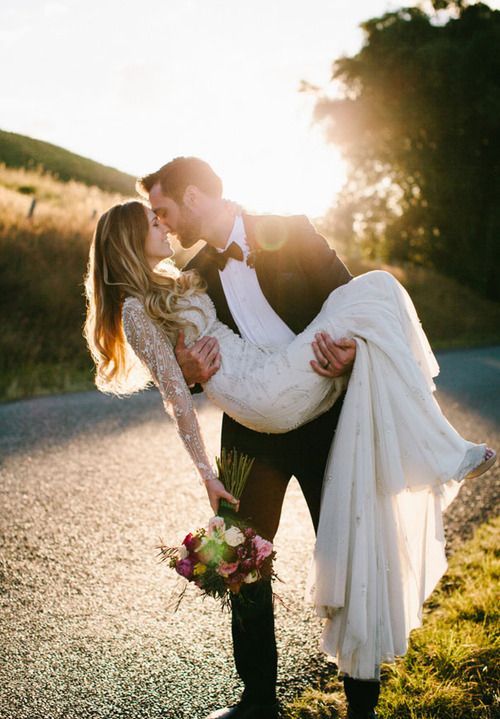
The origins of this tradition date back to ancient times when the groom was expected to carry his new wife over the threshold and into their new home. This gesture signified that he was now responsible for her welfare and well-being.
The tradition of carrying the bride over the threshold, also known as “jumping the broom”, is a symbolic gesture of moving from her old household to her new household. This tradition has been practiced in many different cultures and all around the world.
Having a Spider on the bride’s Wedding Dress
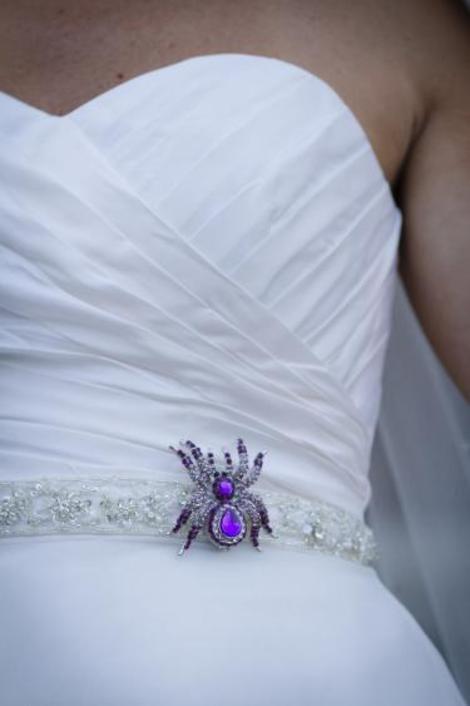
The spider is considered to be a symbol of luck and fertility. It is also a symbol of the goddess Arachne and her power over the earth. This tradition is not so common nowadays, but it is still practiced in some regions of Greece, Italy, and Spain.
Bride using the Married Name Before the Wedding
In the past, it was customary for a woman to adopt her husband’s surname after marriage. This practice is still common in many countries, but some women choose to use their maiden name as their legal name both before and after marriage.
A bride can use her married name before the wedding in a number of ways: she can keep her maiden name and take on her husband’s surname, she can take on her husband’s surname and use it as her middle name, or she can take on both surnames with her a hyphen between them.
Placing a sugar cube on the bride on the wedding day
Placing a sugar cube on the bride on the wedding day is a tradition that has its roots in many cultures. It’s believed that placing a sugar cube on the bride’s tongue will make her sweet and kind. In some cases, this is done to help balance out the sweetness in her life with some bitterness. In many countries, the groom will place a sugar cube on the bride’s forehead. This is done to ensure that she will not have a headache in her life.
The tradition of placing a sugar cube on the bride on the wedding day is believed to have originated in India. There are many theories as to how this came about, but most believe that it was done as an act of love and respect for the bride. The sugar cube is placed on her forehead as a way to ward off evil spirits and ensure that she lives happily ever after with her new husband.
Ringing Bells at the wedding
Ringing bells at the wedding is a custom that is followed in many countries. It can be either a tradition or a custom. The ringing of the bells is done at the end of the ceremony or after exchanging of rings, and it signifies that now they are husband and wife.
In many countries, ringing bells at the wedding ceremony is considered to be an auspicious sign. It symbolizes that the bride has left her home for good and has accepted her new role as a wife.
Breaking Glass at the wedding
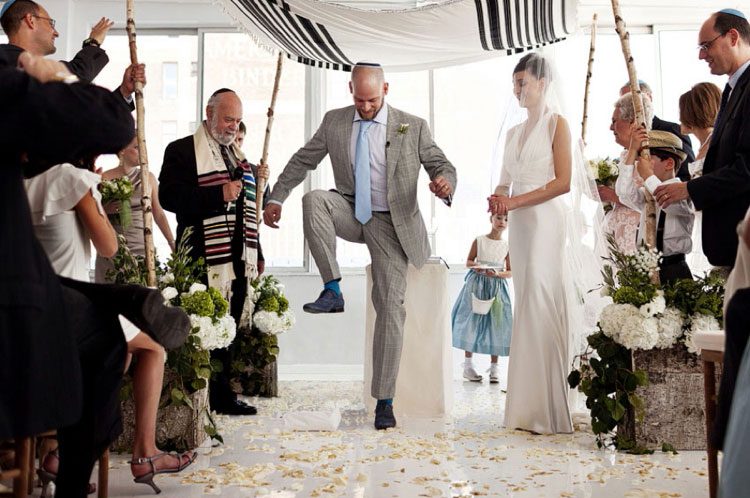
Breaking Glass at the wedding is a custom that is practiced in many countries. It can be seen as a tradition, but it also has different meanings in different cultures. In some cultures, it is considered to be bad luck, and breaking the glass represents a wish for good luck. In other cultures, it is seen as an opportunity for people to get together and celebrate.
In the United States, Breaking Glass at the wedding is usually done to represent the destruction of an old marriage and the welcoming of a new one. In some cases, it can also symbolize someone’s death or departure from this world into another.
Bride crying on the Wedding Day

Bride crying on the Wedding Day is a custom that is not usually followed in Western culture. However, it is a tradition in many countries, such as China and India. Bride crying on the Wedding Day can be seen as a sign of happiness because it means that the bride has accepted her new family. It can also be seen as a sign of sadness because it means that she will leave her old family.
Bury the Bourbon upside down at the wedding venue
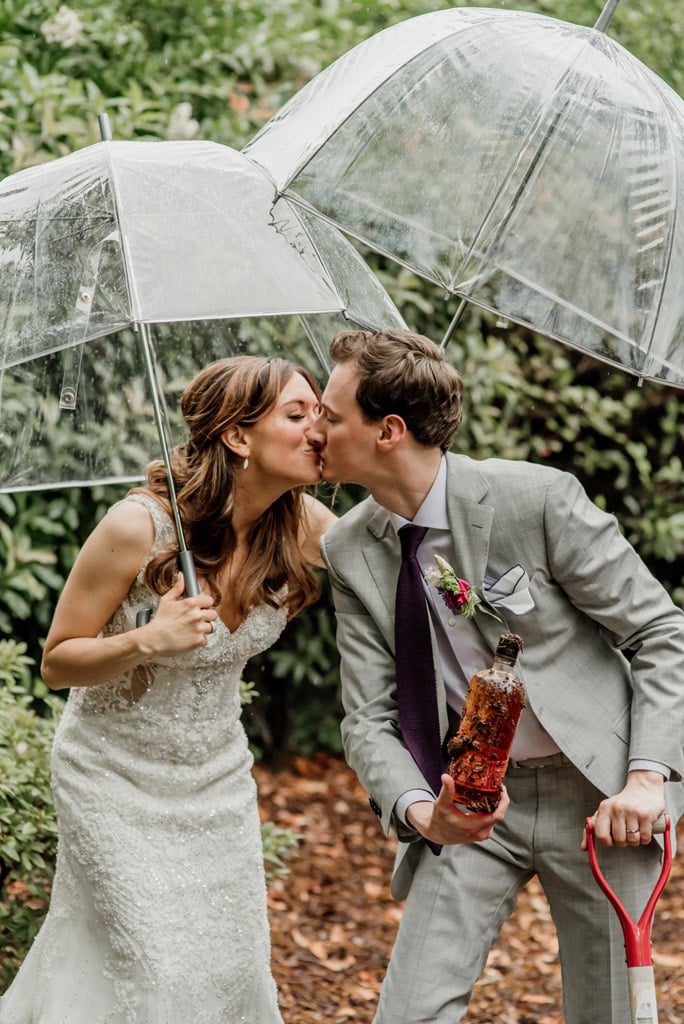
According to some traditions, when a couple is getting married the bride’s family provides the groom with a bottle of bourbon. The tradition says that if the groom buries the bourbon upside down at their wedding venue then they will have good luck in their marriage and it will be an omen for a successful marriage.
The tradition of burying the bourbon upside down at the wedding venue has been around for decades. It is rooted in old superstitions and may have started as a way to ward off evil spirits from entering one’s home.
Bury the Bourbon upside down at the wedding venue is a tradition that originated in Italy and migrated to other countries. The purpose is to keep evil spirits away from the marriage ceremony.
Bride & groom not Seeing Each Other Before the Wedding
Traditionally, the bride and groom would not see each other until the wedding day. The idea was that they should not be intimate before marriage. The custom is slowly dying out as people become more open-minded about what constitutes a good marriage.
Bride & groom tossing the Garter on the wedding day

In the Western world, the bride tosses her garter to single men. The Garter is also used as a metaphor for virginity because in some cultures, once a woman has had sex with a man she is no longer considered pure and can no longer wear her garter.
The Garter is a strip of fabric worn by women around the leg just above the knee. This custom is usually seen at weddings when the bride removes her garter and throws it over her shoulder toward single men in attendance. It is believed that whoever catches this item will be next to get married.
Having a cake Topper with a mini sculpture on the wedding day

The cake topper is a small sculpture that sits on top of the cake. It is usually a miniature representation of the bride and groom, or sometimes just a representation of the couple’s favorite animal or hobby.
Many couples have their own custom cake toppers made by themselves, but nowadays there are also companies that sell ready-made cake toppers for those who don’t have time for this. Cake toppers come in different materials and shapes and can be customized with different colors and designs.
From the moment you’re engaged all you can think about are the details of your big day. From finding the perfect venue to having a dress that is sure to dazzle, it’s safe to say that for most bridesmaids cake toppers are near the bottom of their list.
Brides Wear Crowns to Deflect Evil Spirits on the wedding day
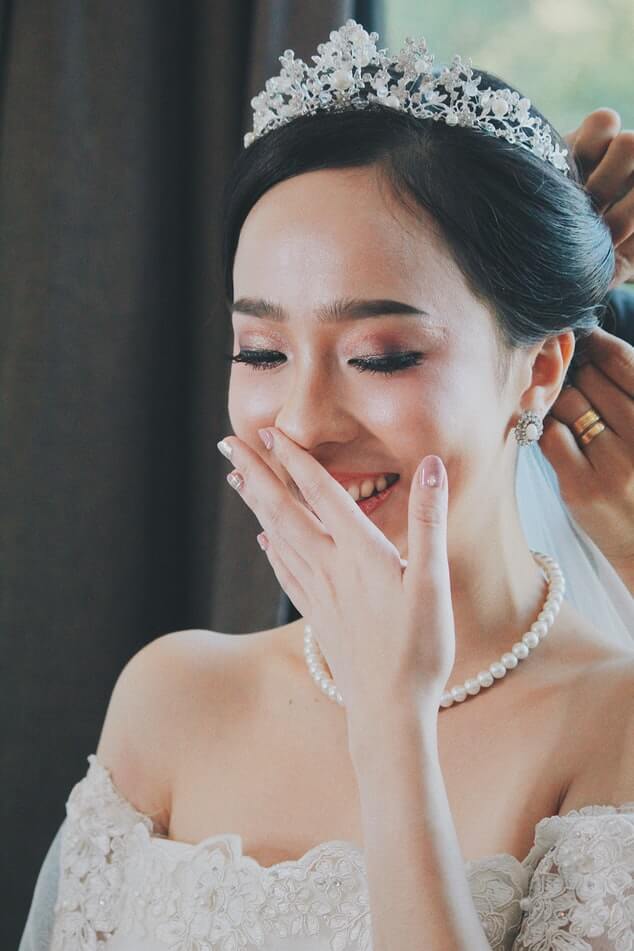
The custom of brides wearing crowns on their wedding day is prevalent in many cultures around the world. This tradition is seen as a symbol of good luck and happiness.
In some cultures, brides wear a crown to deflect evil spirits on their wedding day. The idea behind this custom is that the evil spirit will be drawn to the bride’s crown, and not to the bride herself. There are a number of countries where brides wear crowns on their wedding day to deflect evil spirits. The most common country is India.
Bride & groom exchanging Wedding Lasso on the wedding day
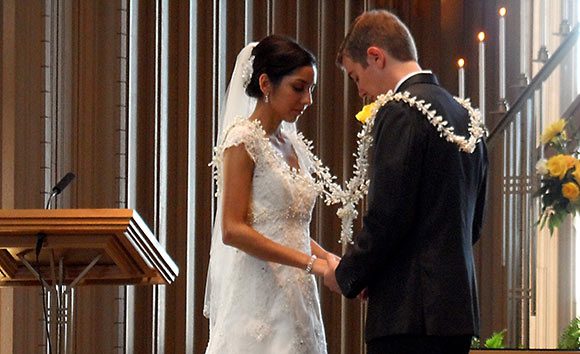
This is a custom that is practiced in many parts of the world. The bride and groom exchange a wedding lasso on their wedding day. It is believed that this practice will bring luck to the couple and their future children.
Bride & groom balancing lavash flatbread on shoulders at the wedding
This is a custom in Iran where the bride and groom balance lavash flatbread on their shoulders during their wedding. The tradition is said to bring good luck and happiness to the couple.
In the Iranian culture, it is customary for the bride and groom to balance a lavash flatbread on their shoulders before they are officially married. The tradition of balancing lavash is used as a metaphor for life. It symbolizes that the bride and groom will always be there to support each other in all of life’s joys and sorrows.
The husband shoots his bride with a bow and arrow several times on the wedding day
This custom is not rare in the North of India. It is a wedding tradition where the newlywed groom shoots arrows at his bride to show his love and appreciation. The bride will hold a shield and try to protect herself while the groom shoots arrows at her. The more she gets hit, the more it means that she is loved by her new husband.
The custom is usually done by trained professionals called “danda-wallas” who are experts in archery. They are specially hired for this task and they do it with care and precision so that no one gets hurt during this ritual.
Presenting a Whale’s Tooth to the bride & groom on the wedding day
A whale’s tooth is a custom that is practiced in many parts of the world. It is usually presented to the bride and groom on their wedding day. The person who presents it generally has some sort of connection to the couple. This could be a close family member, a friend, or even another member of the wedding party.
The whale’s tooth can be presented in many different ways. It can be given as a gift, hung from a necklace, or set on top of food for the couple to eat together. The presentation method depends on what would make for an enjoyable experience for both the presenter and the bride and groom.
Presenting a Whale’s Tooth to the bride & groom on the wedding day is an old Samoan custom. The story behind Presenting a Whale’s Tooth to the bride & groom on the wedding day is that it represents good luck and prosperity.
Bride wearing a White Tsunokakushi on the wedding day
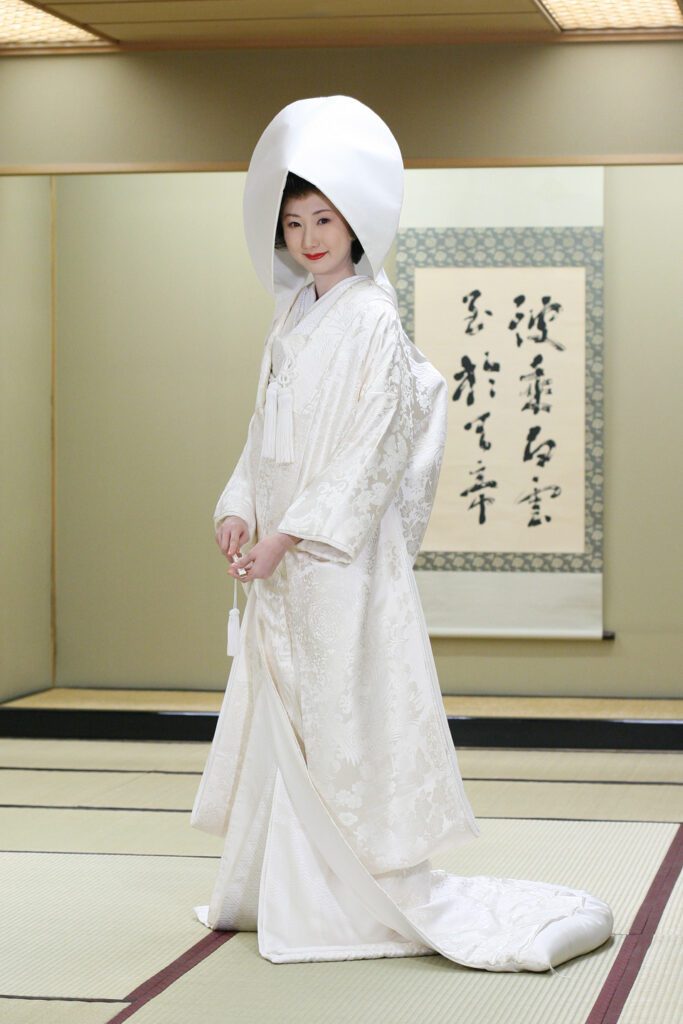
A White Tsunokakushi is a Japanese traditional garment that is worn by the bride on her wedding day. It is also known as “Nagajuban”, “Kimono” or “Hakujuban”. The White Tsunokakushi is usually worn with a Red Obi and a small Black Obi. The red obi signifies joy and happiness while the black one signifies sorrow and grief.
It was traditionally worn by women in Japan and it was believed that it would protect them from evil spirits. It was also believed that it would bring good luck to the bride if she wore it on her wedding day. In Japan, it is customary for the bride to wear her family’s traditional clothing, but it is also possible to have specially made clothes.
Music and Dancing Before the wedding ceremony
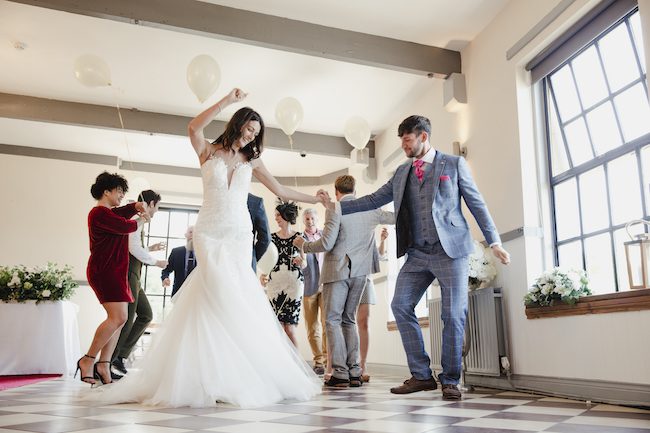
Music and Dancing Before the wedding ceremony is a custom that has been followed for many generations. It is a tradition that has been passed down from one generation to the other. It is important in many countries to have music playing, or at least someone singing before the bride walks down the aisle. There are different traditions when it comes to music and dancing before the wedding ceremony.
It’s not just about the music and dancing, it’s also about how you feel when you are there. It’s about being in a happy place with your family and friends, celebrating your love with them, before you say your vows to each other.
The music and dancing before the wedding ceremony is an important part of the wedding rituals in many cultures around the world. In India, it is customary for guests to dance at weddings. In some cultures like Indian culture, this ritual dates back centuries ago when it was believed that people would go to hell if they didn’t dance at their weddings.
Placing a Baby on the Couple’s Bed on the wedding day
A custom in some parts of the world is to place a baby on the couple’s bed on the wedding day. This is done by the parents and grandparents of the couple. The purpose of this custom is to show that they are welcoming and accepting the new addition to their family.
Placing a Baby on the Couple’s Bed on the wedding day is a tradition in some countries. The story behind Placing a Baby on the Couple’s Bed on the wedding day is that it symbolizes new beginnings and prosperity for the couple.
Couple Sharing Karavay on the wedding day
The Karavay, also known as the wedding dowry, is a custom that some ethnic groups in the Philippines practice. It is given by the groom’s family to the bride’s family and it consists of gold jewelry and cash.
Couple releasing White Doves on the wedding day
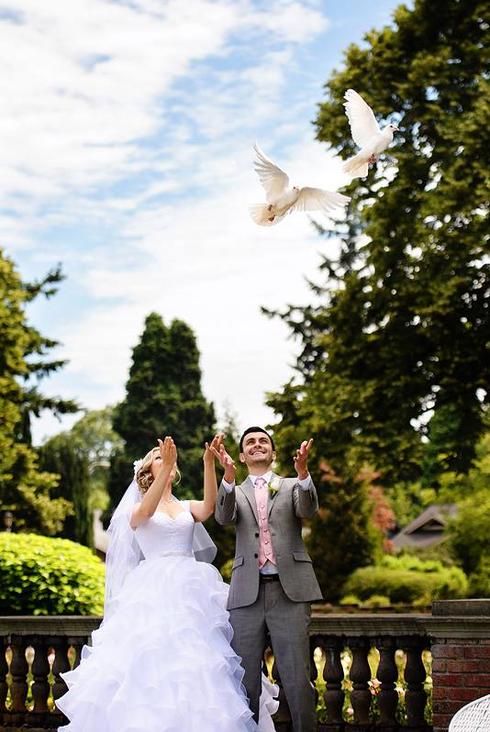
Many couples release white doves on their wedding day as a custom or tradition. Some people think that it is a symbol of love, peace, and happiness. Some people also believe that releasing white doves will bring them luck in their new marriage. Couples may release the doves at the end of the ceremony or they may release them as they walk down the aisle together.
Couple releasing White Doves on the wedding day is a tradition in India, some Middle Eastern countries, and other parts of Asia. It is done as an act of good luck, symbolizing a new beginning and purity. The belief is that by doing so, the couple releases these doves into the sky, who will then take their love and peace to other couples waiting below who are planning on getting married.
Couple doing Money Dance on the wedding day
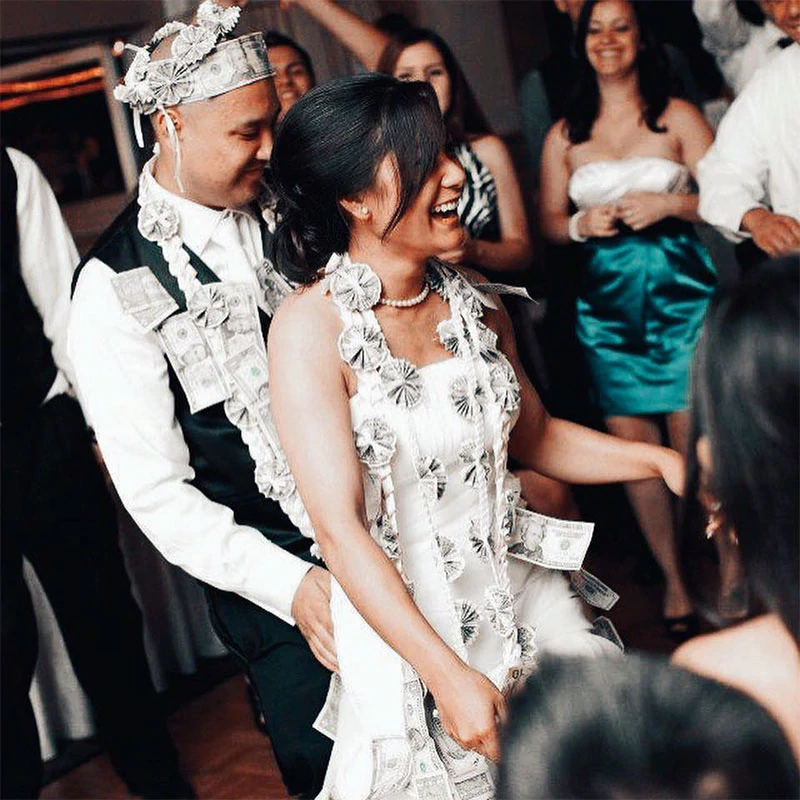
Money Dance is a custom in many cultures. It is a tradition where the bride and groom will dance around the money that has been given to them by their guests. It is usually done on the wedding day as a way to show appreciation for those who attended and gave gifts.
In some cultures, Money Dance is not only done at weddings but also on other special occasions such as graduations or birthdays. However, it’s most commonly seen at weddings which may be why it’s often referred to as “The Wedding Dance.”
Money Dance can take many forms depending on the culture or country in which it takes place. For example, in Ghanaian culture, it is common for the bride and groom to do a traditional dance with their family members before they do Money Dance with each other
Hanging Flags at the wedding venue
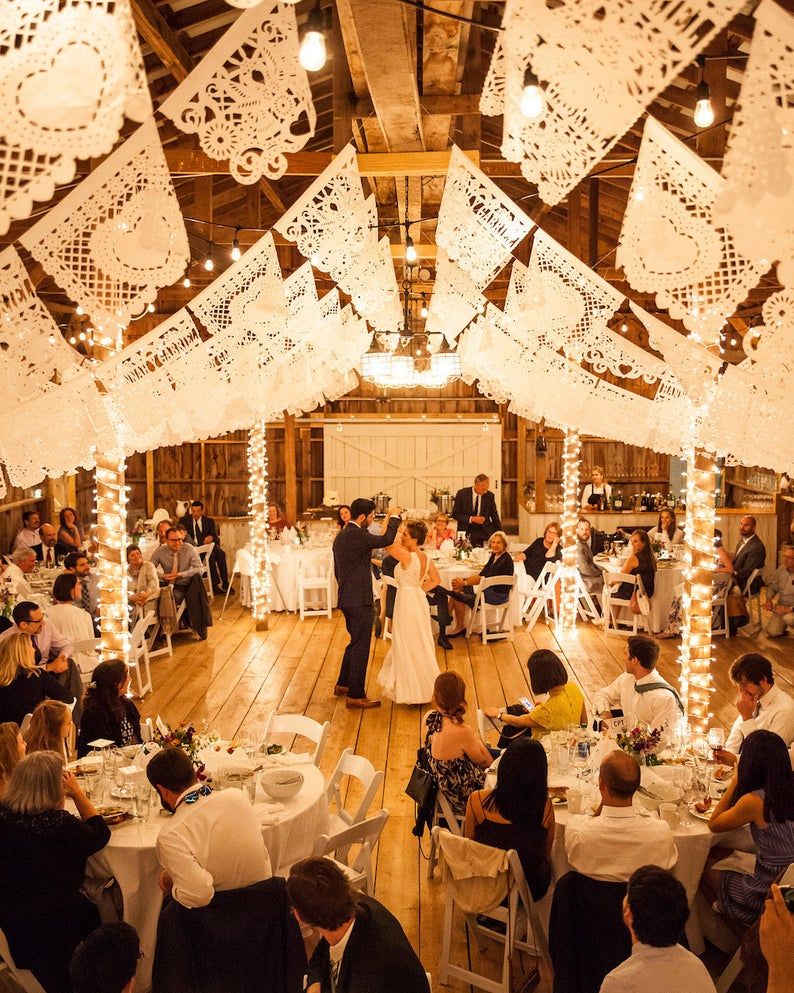
Hanging flags at the wedding venue has become a custom and tradition. It is mostly done by the groom’s side of the family, but it can also be done by the bride’s side. In some countries, Hanging Flags at the wedding venue is a tradition that symbolizes a new beginning. In others, it is used as a sign of victory where flags are hung to celebrate someone’s victory.
Adding Myrtle to the Bridal Bouquet

Myrtle is a plant that is used in many countries as a tradition to add to the bride’s bouquet. It is also used as a custom in other countries. The plant, Myrtle, has been an important part of wedding ceremonies for centuries. It has been added to bridal bouquets as a symbol of love and fertility for millennia. Myrtle has also been used as an offering for the spirits of the dead and in ancient Greece was believed to ward off evil spirits.
Bride wearing Mehndi on the wedding day

Mehndi is a traditional art of applying henna to the skin. It is usually done by women on their hands and feet, but it can also be applied to the body. Mehndi has been used in wedding ceremonies in various countries as well as on other occasions such as festivals and parties.
In India, Mehndi is used for both cultural and religious purposes. In Indian Hindu culture, Mehndi is considered auspicious and a sign of good luck. In Indian Muslim culture, Mehndi is a symbol of love and devotion to one’s spouse.
Couple having Falaka Ceremony on the wedding day
Couples have a Falaka ceremony on the wedding day means that the groom hits his bride’s feet with a cane. This is in order to make her obedient and loyal to him. The ceremony is conducted very early in the morning so that it’s over before guests come to the wedding. After this ritual, the bride can’t dance on her own and has to be led around by her husband.
Bride & groom presenting La Serenata before the wedding day
La Serenata is a custom that is practiced in some regions of Italy. It is a tradition where the bride and groom go to the house of the bride’s parents on the day before their wedding and present themselves to their future in-laws.
The parents then give them a blessing and offer them wine and sweets. The meaning behind La Serenata is that it’s a way for the bride and groom to introduce themselves before they are married, so there are no surprises on their wedding day.
VLogs about wedding Customs & Traditions on YouTube – https://www.youtube.com/results?search_query=Wedding+Customs+and+Traditions+around+the+world
Related Post – https://hellomatchme.com/different-types-of-marriage-in-the-world/

